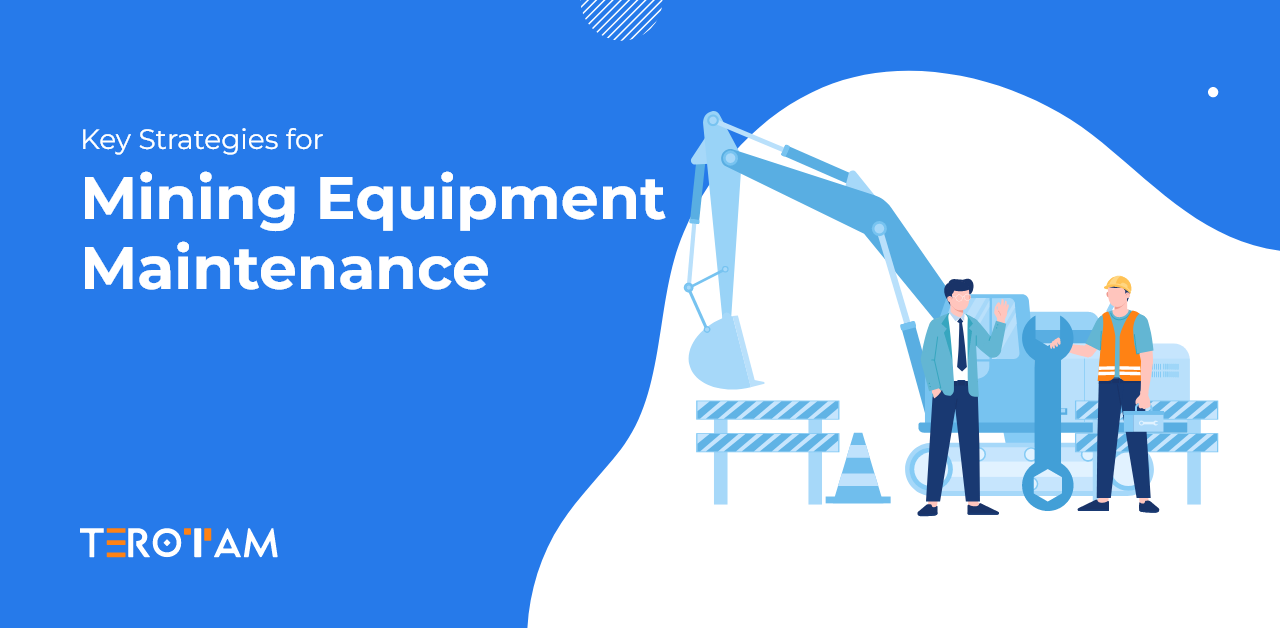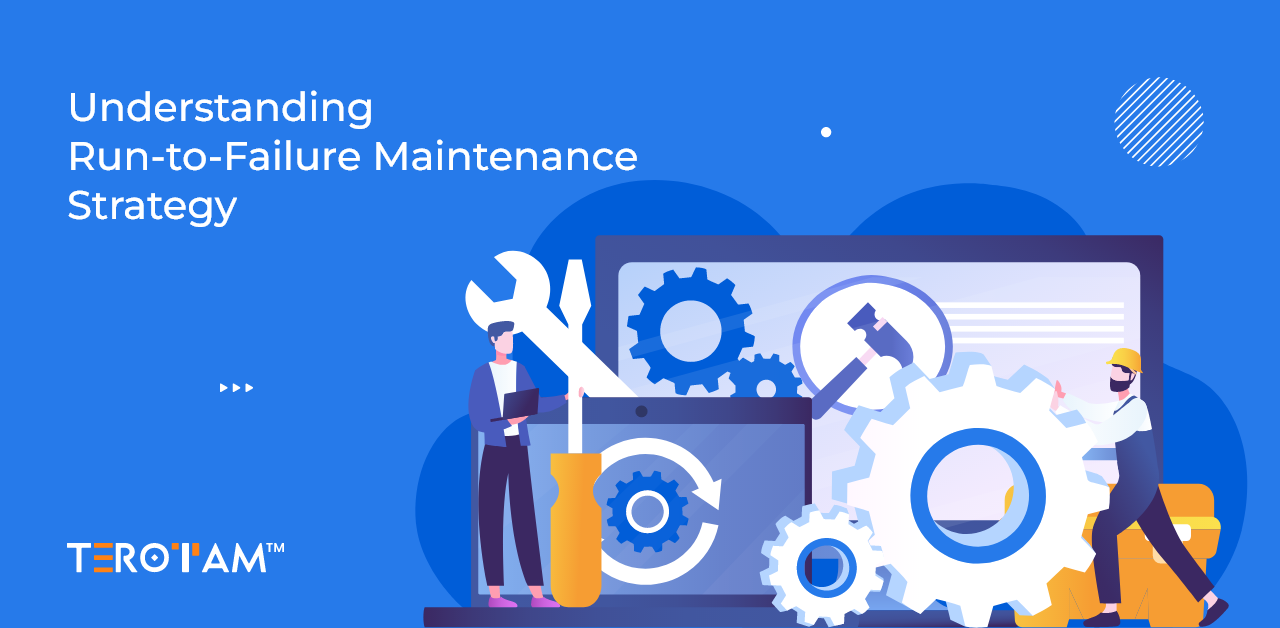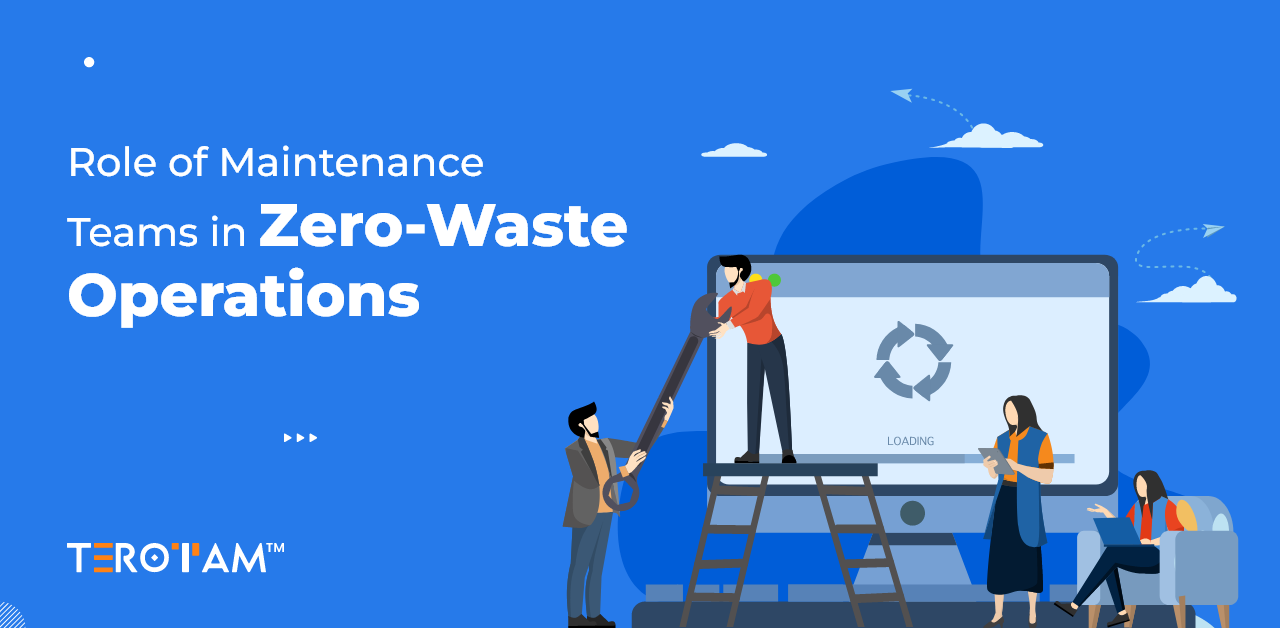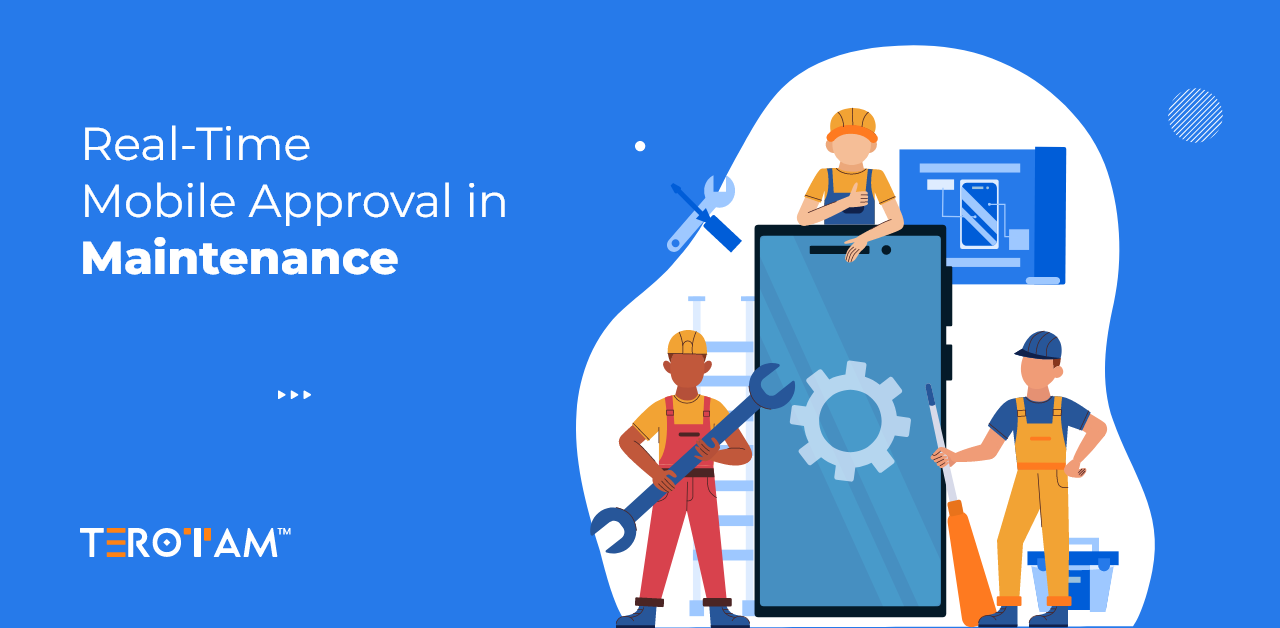Mining equipment is the heart of any operation, designed to take on massive loads and withstand some of the most unforgiving environments. These machines don’t just break ground—they drive productivity. But they endure relentless wear and tear with every dig, haul, or grind. Taking care of this equipment is not just about keeping it running; it’s about protecting investments, ensuring worker safety, and avoiding unplanned downtime that can disrupt entire operations.
Relying on luck or last-minute fixes is a risk no one can afford in this industry. A thoughtful, well-structured maintenance strategy ensures that every bolt and gear is ready. It’s not just about fixing problems; it’s about predicting them, preventing them, and squeezing every ounce of performance out of these invaluable machines. In a world where efficiency defines success, a strategic maintenance plan isn’t optional—it’s the foundation of long-term productivity.
Keeping that in note, in this article, we will explore the challenges and strategies that you can deploy to cop up with such challenges of mining equipment maintenance. Let’s start understanding with Mining equipment maintenance challenges.
The Challenges of Mining Equipment Maintenance
Mining equipment operates in some of the toughest conditions imaginable. These machines are pushed to their limits daily, from abrasive dust and debris to extreme temperatures and constant heavy loads. Over time, these harsh conditions wear down components, affecting performance and increasing the risk of failure. The result is more frequent repairs, unexpected breakdowns, and costly downtime that can bring entire operations to a halt.
Adding to the challenge is modern mining equipment’s sheer scale and complexity. Machines like excavators, haul trucks, and crushers rely on intricate systems of hydraulics, electronics, and mechanical components. Even a minor malfunction in one part can disrupt the entire system, making it difficult to isolate and resolve issues quickly.
- Constant exposure to abrasive materials accelerates wear on critical parts.
- Fluctuating temperatures impact engine and fluid performance.
- Limited access to equipment in remote locations complicates timely repairs.
- Overuse or operator error can lead to premature failure of key components.
- Lack of real-time monitoring delays the detection of early warning signs.
10 Key Strategies for Effective Mining Equipment Maintenance
To keep mining operations running smoothly, it’s essential to take a more thoughtful approach to equipment maintenance. Relying on routine repairs alone often isn’t enough to prevent costly breakdowns and unexpected delays. A strategic approach combines smart planning, the right tools, and ongoing training to address both the current and future needs of your machinery. When all these elements come together, it helps ensure that your equipment remains reliable, efficient, and safe daily.
Here are some practical strategies that can make a significant difference in your maintenance efforts:
1. Establish a Preventive Maintenance Schedule
Preventive maintenance is the cornerstone of effective equipment management. It involves routine inspections, servicing, and part replacements to catch potential issues before they escalate.
Key Actions:
- Schedule regular inspections based on the manufacturer’s recommendations.
- Use software tools to automate reminders for maintenance tasks.
- Document all maintenance activities for future reference.
Benefits:
Preventive maintenance reduces unexpected breakdowns, increases productivity, and saves money in the long run by avoiding costly emergency repairs.
2. Conduct Detailed Equipment Inspections
Routine inspections allow operators to identify early warning signs of wear and tear.
Checklist for Inspections:
- Check for oil leaks, unusual noises, and excessive vibrations.
- Inspect hydraulic systems, filters, and fluid levels.
- Monitor the condition of tires, belts, and tracks.
Tip: Train operators to perform daily visual inspections and report abnormalities immediately.
3. Keep a Focus on Lubrication Management
Lubrication plays a crucial role in preventing excessive wear and tear.
Best Practices:
- Use the correct grade of lubricant specified by the manufacturer.
- Establish a lubrication schedule to prevent over-lubrication or under-lubrication.
- Regularly test and analyze oil to check for contamination or degradation.
Result: Proper lubrication reduces friction, enhances equipment performance, and prevents premature component failure.
4. Monitor Equipment Through Technology
Advancements in technology have transformed mining equipment maintenance, making it easier to predict and prevent failures.
Tools and Techniques:
- Telematics Systems: Provide real-time data on equipment performance, fuel usage, and wear patterns.
- Condition Monitoring: Tracks critical parameters like temperature, pressure, and vibration to detect anomalies.
- Predictive Analytics: Uses data from sensors to predict when a component might fail, allowing proactive repairs.
Benefits:
With technology, you can shift from reactive to predictive maintenance, saving time and avoiding operational disruptions.
5. Train and Empower Operators
Equipment operators are the first line of defense in maintaining machinery. Proper training ensures they can identify and address minor issues before they escalate.
Training Essentials:
- Educate operators about equipment functionality and potential warning signs.
- Teach proper handling and operation techniques to minimize wear.
- Encourage reporting of any performance anomalies or unsafe conditions.
Outcome: Well-trained operators extend the life of the equipment and reduce repair costs by addressing issues early.
6. Maintain a Spare Parts Inventory
Having critical spare parts readily available can significantly reduce downtime during repairs.
Inventory Management Tips:
- Identify high-wear and high-failure components for your equipment.
- Use inventory management software to track stock levels and reorder as needed.
- Partner with reliable suppliers to ensure timely delivery of parts.
Why It Matters:
A stocked inventory eliminates delays caused by waiting for parts, ensuring quicker turnaround times during maintenance.
7. Regularly Update Maintenance Policies
Your maintenance strategies should adapt as equipment ages or operational requirements change.
Actionable Steps:
- Review historical maintenance data to identify patterns and areas for improvement.
- Update maintenance schedules and practices to reflect current equipment usage.
- Stay informed about new tools, technologies, and techniques in equipment maintenance.
Result: A dynamic maintenance plan aligns with real-world needs, boosting efficiency and reducing costs.
8. Implement Safety Measures
Mining equipment maintenance involves risks that require strict adherence to safety protocols.
Safety Guidelines:
- Always shut down and lock out equipment before maintenance.
- Use proper personal protective equipment (PPE) during servicing.
- Ensure the work area is clean and free from hazards.
- Conduct regular safety training for all personnel involved in maintenance.
Impact: A safe work environment not only protects your workforce but also ensures compliance with regulatory standards.
9. Perform Post-Maintenance Testing
After maintenance or repair, thorough testing ensures the equipment is ready for operation.
Testing Checklist:
- Run equipment at low intensity to monitor for any irregularities.
- Verify that all repaired or replaced components are functioning as expected.
- Conduct load testing under controlled conditions before resuming full operations.
Why It’s Essential:
Post-maintenance testing minimizes the risk of immediate failures and validates the effectiveness of the repair work.
10. Utilize Data for Continuous Improvement
Data-driven insights can revolutionize maintenance practices.
How to Leverage Data:
- Use maintenance logs to track repair frequency and identify recurring issues.
- Analyze operational data to adjust schedules and prioritize tasks.
- Benchmark performance metrics to assess equipment efficiency over time.
Long-Term Benefits:
Continuous monitoring and data analysis lead to smarter maintenance strategies, reducing costs and maximizing equipment lifespan.
Why Regular Maintenance Isn’t Enough?
Routine maintenance, such as oil changes and filter replacements, is essential but often falls short of meeting the demands of modern mining operations. The complexity of today’s equipment means that even minor issues can have cascading effects if not appropriately addressed.
A reactive approach can leave operators scrambling when something goes wrong, often leading to rushed repairs that only solve part of the problem. Maintenance needs to be more than a checklist to truly stay ahead—it requires a systematic, data-driven approach that anticipates issues before they arise.
Shifting from Reactive to Proactive Maintenance
Moving from a reactive maintenance approach to a proactive one can drastically reduce the likelihood of equipment failures. In reactive maintenance, repairs are only made when a machine breaks down, often leading to long downtimes and high costs.
On the other hand, proactive maintenance focuses on anticipating and addressing potential issues before they occur, reducing unplanned downtime and ensuring more consistent performance.
Adopting a proactive mindset requires the use of data, technology, and a clear plan. Regular equipment checks, condition monitoring, and predictive analytics allow you to catch signs of wear early, which helps avoid expensive repairs and increases overall machine lifespan. Proactive maintenance is a smart choice and also it’s essential for staying ahead in a competitive industry.
Quick tips to shift from Reactive to Proactive Maintenance:
- Use predictive analytics to forecast potential failures.
- Monitor equipment conditions regularly using sensors and telematics.
- Establish a clear maintenance schedule based on equipment usage and performance.
- Train operators to identify early signs of wear and report them promptly.
- Keep spare parts on hand to minimize delays during unplanned repairs.
- Replace worn-out parts before they fail to avoid sudden breakdowns.
- Use historical data to identify recurring issues and address root causes.
- Regularly review and adjust maintenance strategies based on equipment performance trends.
Putting it to the end
When it comes to mining, every minute counts, and the last thing you want is unexpected downtime. A proactive approach to maintenance isn’t just a smart move—it’s what keeps everything running smoothly and efficiently. If you’re looking for ways to ensure your equipment stays in top shape and your operations stay on track, we’re here to help. Drop us a line at contact@terotam.com, and let’s chat about how we can support you in making maintenance a breeze.








